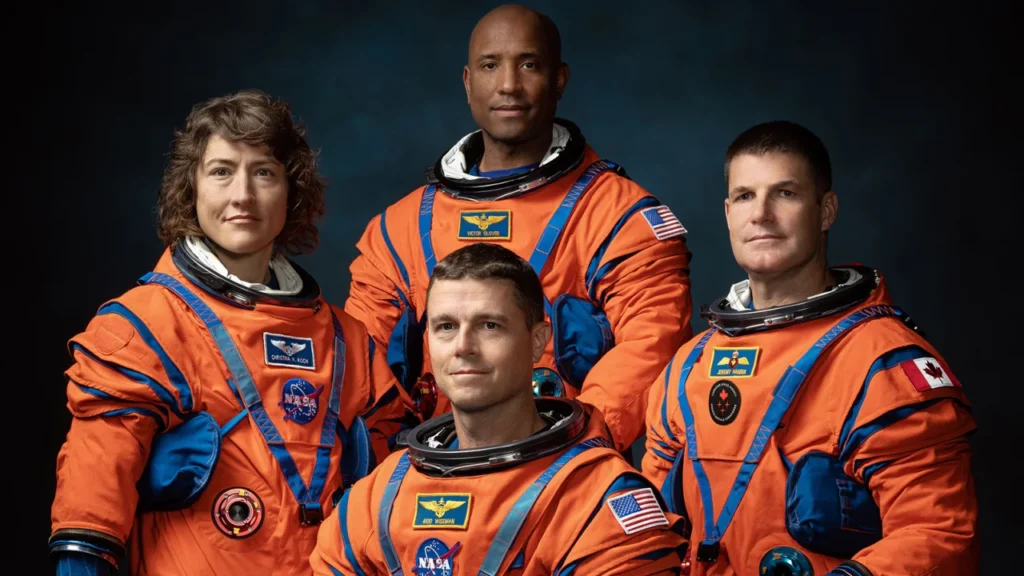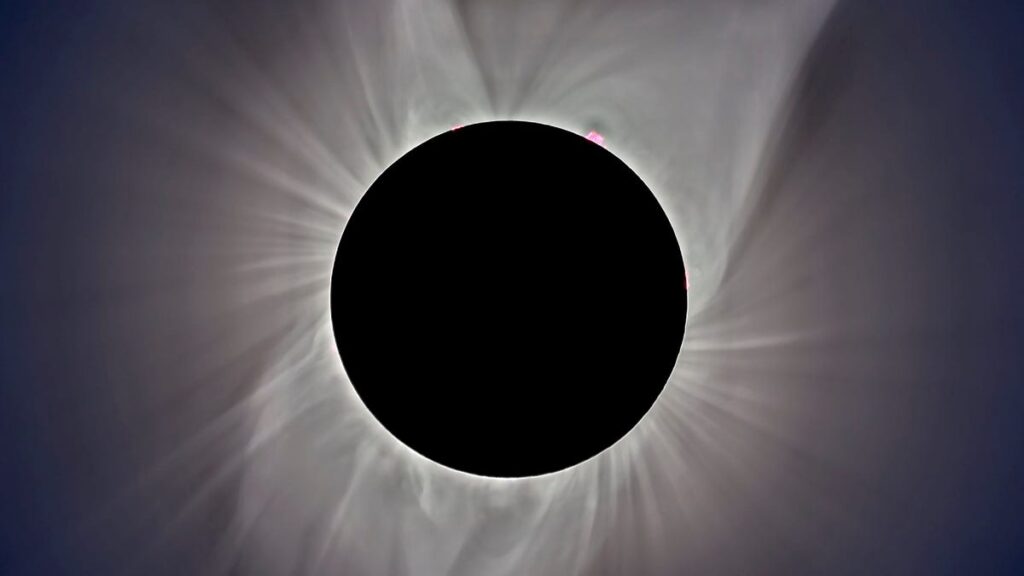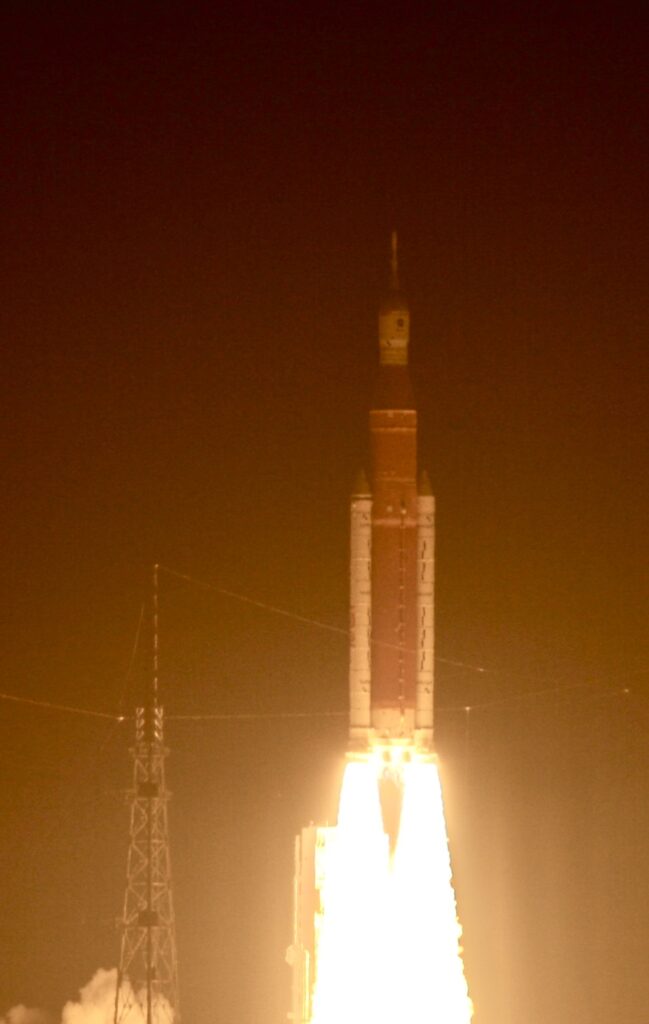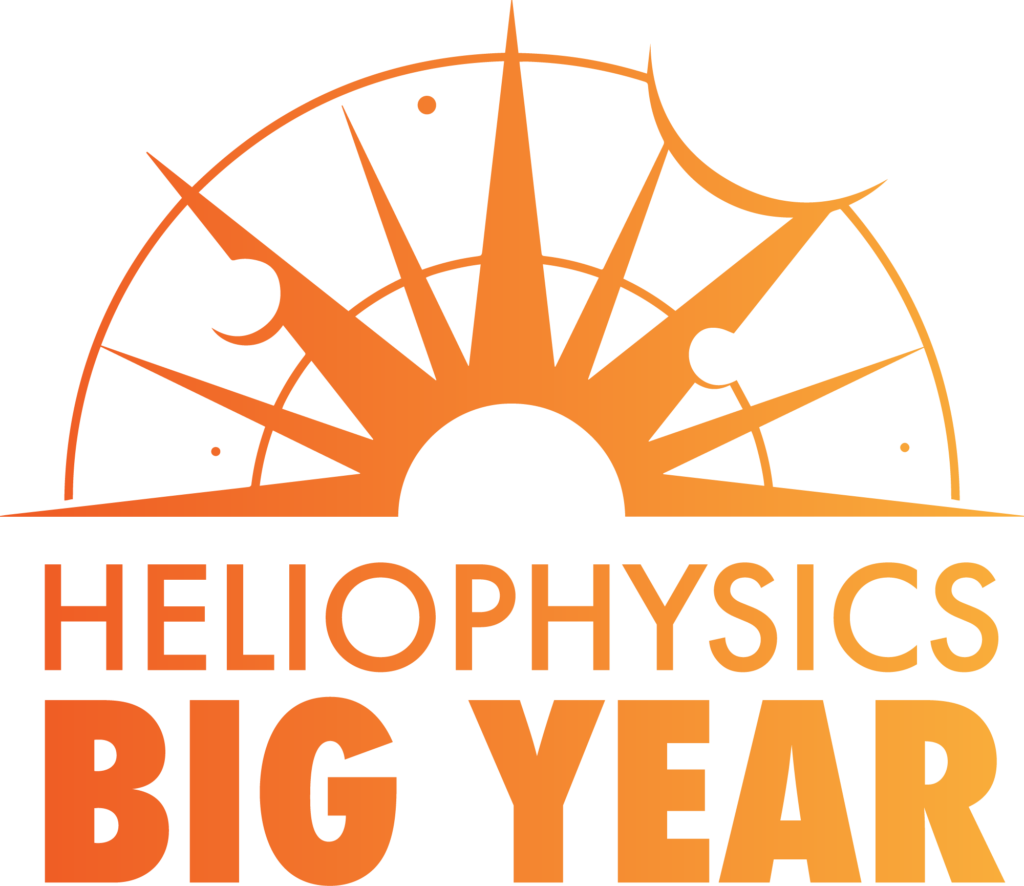Artemis II, More Than Just the Moon

The Artemis program is now moving beyond the years of testing hardware and systems, and with the successful completion of the un-crewed Artemis 1 mission in December of 2022, NASA has announced the crew of the first mission to begin returning astronauts to the Moon for a series of ever more ambitious and complicated missions. Reid Wiseman (Commander), Victor Glover (Pilot), Christina Hammock Koch (Mission Specialist) and Jeremy Hansen (Mission Specialist) are scheduled for a 10-day mission in late 2024 to test all the crew systems for the Orion, swing around the Moon, and verify that the program can proceed with the goal for Artemis III of landing astronauts on the South Pole area of the Moon.
The Artemis II crew will begin training for their mission in June of 2023. Learn more about the crew https://www.nasa.gov/specials/artemis-ii/
I know young patrons at our library are going to be very intersted in learning more about this crew and watching them train. A big part of the training will be maintaining the astronauts health, before, during and after returning from the Moon. The astronauts will have a prescribed daily calorie intake and exercise program. You can simulate that experience with a health in space unit with lessons such as this https://clearinghouse.starnetlibraries.org/astronomy-and-space/234-health-in-space.html?search_query=exercise&results=15
The needed materials for most of the activities might be things you already have around your location, or could bring in from home. Space Stations – Bones of Contention is one of the lessons from this unit that I just ran last week for a group of 3rd and 4th graders. There is a great interactive activity that led to great discussions and questions about the differences between crews living onboard the International Space Station and future crew living and working on the Moon and the 1/6 gravity that will be in that environment.
And as the Artemis missions will progress to develop and test the machinery on the Moon that astronauts will need for a future crewed mission to Mars, you can create an experience for your patrons to have an experience for what it is like for current “rover drivers” at NASA’s Jet Propulsion Lab (JPL) to code and transmit instructions to the Curiosity and Perseverance rovers on Mars through the Deep Space Network (DSN). https://clearinghouse.starnetlibraries.org/astronomy-and-space/226-mars-rovers.html?search_query=MArs&results=77
And finally, the Artemis II crew will be testing the communications abilities of their spacecraft by changing the orientation of vehicle to the Earth and putting it in several different configurations. The crew will also look to see how communications are effected in the vicinity of the Moon and will even test newer technologies, such as transmitting data and video by laser transmission versus conventional radio transmission. Transmitting by laser could allow for the live transmission of much larger packets of data such as High Definition video from astronauts exploring the Moon’s surface! A great activity to demonstrate how NASA makes use of the DSN is this Catching a Whisper from Space activity https://www.jpl.nasa.gov/edu/teach/activity/catching-a-whisper-from-space/ This is an activity that could be wonderful for you to trays we are nearing the warmer weather and can head outside for some programming, as this activity benefits from the use of an umbrella and a good amount of outdoor space.
I hope you all can use these and other related activities to help share the excitement of humanities return to explore the Moon!






Responses